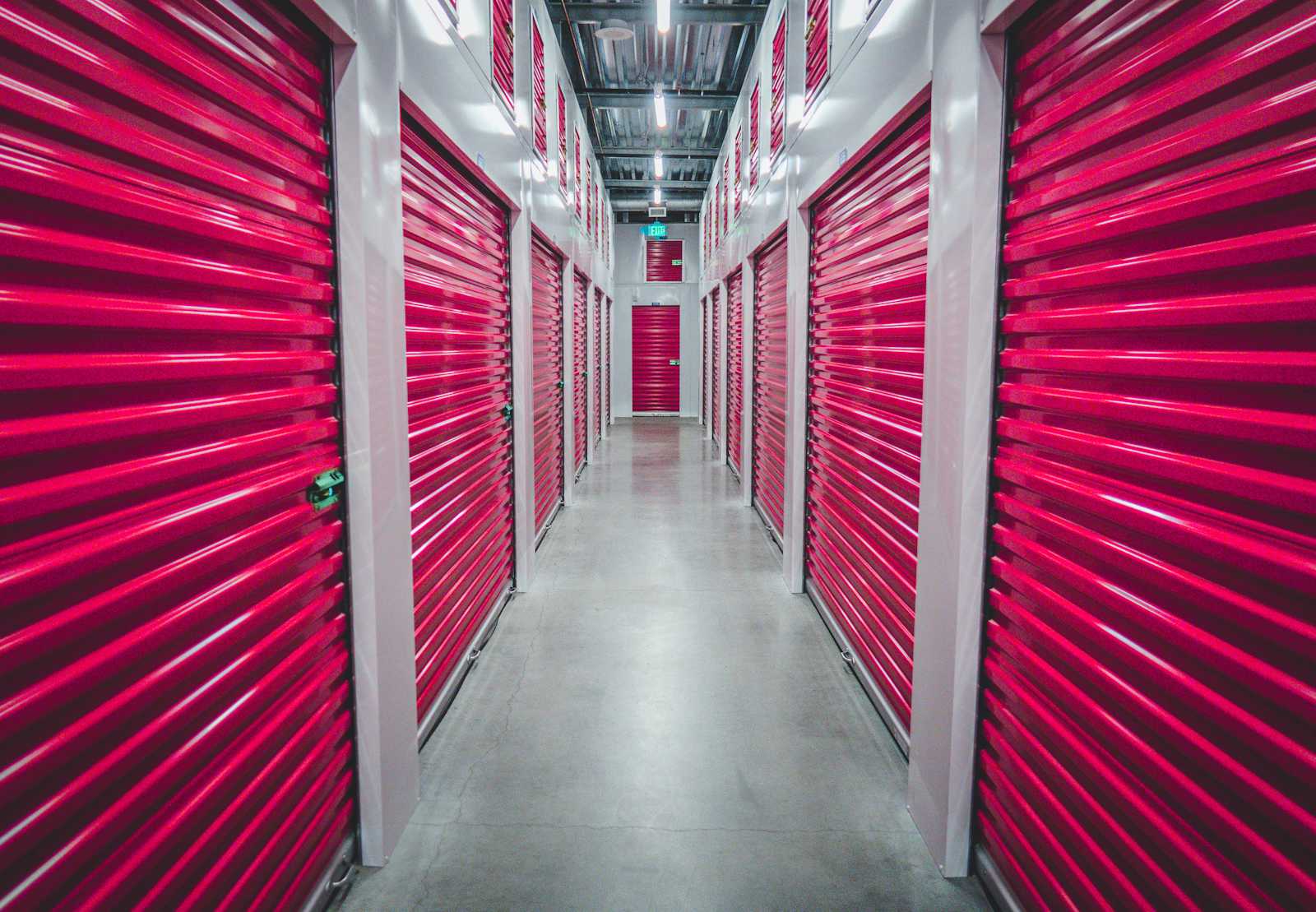What is MinIO? Key Features and Setup Installation with Docker
 Anaz S. Aji
Anaz S. Aji
MinIO is a high-performance, open-source object storage solution designed for cloud-native environments. It is fully compatible with the Amazon S3 API, making it an excellent choice for developers and enterprises looking to build scalable and secure storage infrastructures. In this article, we'll explore what MinIO is, its key features, and provide a step-by-step guide on how to set up MinIO using Docker.
What is MinIO?
MinIO is an object storage server released under the Apache License v2. It is designed to store unstructured data such as photos, videos, log files, backups, and container/VM images. MinIO's high-performance architecture is engineered to handle a wide range of workloads, from machine learning and big data analytics to content delivery networks.
Key Features of MinIO
1. High Performance
MinIO is optimized for high-performance operations, delivering maximum throughput with minimal latency. It is designed to handle large data sets with millions of objects efficiently.
2. S3 Compatibility
MinIO offers complete compatibility with the Amazon S3 API, allowing you to integrate it seamlessly with existing applications and tools that use S3 for storage.
3. Scalability
MinIO supports both horizontal and vertical scaling. You can start with a single server and scale out to a large, distributed setup with ease.
4. Data Protection
MinIO provides robust data protection features, including erasure coding, bitrot protection, and replication. These features ensure data integrity and availability even in the event of hardware failures.
5. Security
MinIO supports encryption at rest and in transit, ensuring that your data is secure. It also integrates with identity management solutions like LDAP and OpenID Connect for authentication and access control.
6. Multi-Cloud and Hybrid Cloud Support
MinIO can be deployed on-premises, in public clouds, or in hybrid cloud environments. Its compatibility with Kubernetes makes it an ideal choice for cloud-native applications.
Setting Up MinIO with Docker
Setting up MinIO with Docker is straightforward and can be done in a few simple steps. Below is a step-by-step guide to get you started.
Prerequisites
Docker installed on your machine
Basic knowledge of Docker and command-line interface
Step 1: Pull the MinIO Docker Image
First, pull the MinIO Docker image from the Docker Hub repository:
docker pull quay.io/minio/minio
Step 2: Create a Directory for MinIO Data
Create a directory on your host machine to store MinIO data. This directory will be mounted to the Docker container:
mkdir -p /mnt/data
Step 3: Run the MinIO Docker Container
Run the MinIO Docker container using the following command. Replace youraccesskey and yoursecretkey with your desired access and secret keys:
docker run \
-d \
-p 9000:9000 \
-p 9001:9001 \
--name minio \
-e "MINIO_ROOT_USER=admin" \
-e "MINIO_ROOT_PASSWORD=YourPassword" \
-v ./mnt/data:/data \
--restart=always \
quay.io/minio/minio server /data --console-address ":9001"
Step 4: Access the MinIO Web Interface
Once the container is running, you can access the MinIO web interface by navigating to http://localhost:9000 in your web browser. Log in using the access key and secret key you specified earlier.
Conclusion
MinIO is a powerful, high-performance object storage solution that offers complete S3 compatibility, robust data protection, and scalability. By following the steps outlined in this guide, you can easily set up MinIO using Docker and start leveraging its capabilities for your storage needs. Whether you are building cloud-native applications or need a reliable storage backend, MinIO is an excellent choice for modern storage infrastructures. Happy storage management!
Subscribe to my newsletter
Read articles from Anaz S. Aji directly inside your inbox. Subscribe to the newsletter, and don't miss out.
Written by

Anaz S. Aji
Anaz S. Aji
I am a dedicated Mobile Developer with a strong passion for exploring the latest advancements in technology and the dynamic world of cryptocurrency. My curiosity and enthusiasm drive me to continuously seek out and experiment with innovative solutions, ensuring that I stay at the forefront of industry trends and developments.